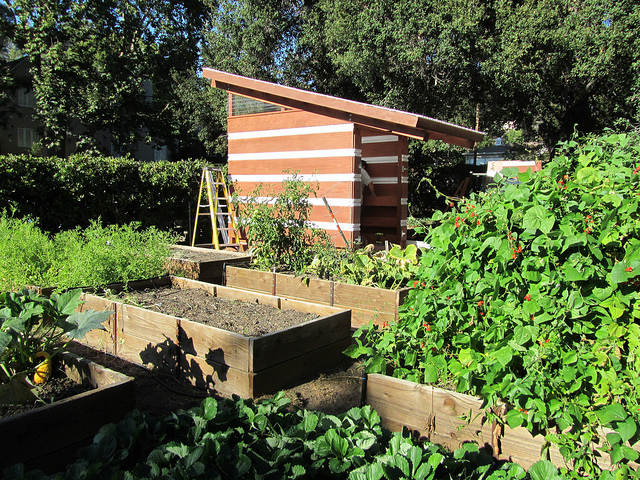How Renewable Agriculture Can Save Our Cities and Our Soils
By Katica Maric
Agriculture has been practiced since 10,000 B.C.E. and was an essential component in the evolution of society as it allowed humans to adapt to ecosystems by growing their own food and thus settle into communities and develop large populations.
Before World War II, agriculture was mostly organic, climate-dependent and based on natural and ingenious techniques as intercropping and crop rotation to prevent soil infertility.
Mass Agriculture
Following the exponential increase of population due to health care education and permanently improving quality of life in modern times, mass-production agriculture was seen as the solution to solve food shortages and ensure economic growth.
This type of planting based on single crop farms, the use of synthetic chemicals as pesticides and the growth of genetically modified organisms became promoted to the level of conventional agriculture.
However, this is only a short-term solution, since it severely damages the environment. Deforestation, soil contamination and potable water waste are among the effects of long-term monoculture sustained by chemical fertilizers and pesticides. Pollution derived from the production and transport of these crops and the negative impact on biodiversity are other disadvantages of conventional farming.
New findings and facts
Recently, with the work of scientists, activists, responsible politicians and institutions around the globe, organic and sustainable agriculture started to be studied and promoted as an option for large-scale production and was also embraced by individuals who started growing their own food by adapting to modern living conditions. An argument against organic agriculture is lower productivity, but the positive aspects for the consumers are regarded as far more important.
Widget not in any sidebars
The Rodale Institute in the USA carried out a 30-year long study to compare organic and conventional farming which concludes that: “Our current chemical-based agricultural system is already showing its weaknesses – depleted soil, poisoned water, negative impact on human and environmental health, and dysfunctional rural communities.”
The study shows that, if correctly performed, organic agriculture uses 45% less energy and produces 40% less greenhouse gases than conventional methods, since it also keeps the soils fertile for a much longer period of time. Ancient approaches such as crop diversity and rotation, attracting natural pest eliminators are combined with latest technologies that facilitate the use of alternate sources of energy, including wind and solar power.
Urban farming
Another modern approach for improving food access and reducing the pollution generated by mass agriculture is the practice of urban gardening. Famine is also an urban matter and affects 20% of the people living in cities, so educating people on the possibilities of growing food in towns and cities might be a lasting opportunity to prevent a food crisis from happening.
The options are varied for anyone interested in investing a small amount of effort in a worthy cause.
One modern way to grow vegetables in the heart of the city lies in the development of vertical gardens, like the Plantagon, based in Sweden – a building of 400 square meters with tracks that move plants in order to give them adequate sunlight exposure and produces a minimum of 300 tons of food a year.
Creative ideas
Many other projects are in development or already in use around the globe, with improvements coming up every other year, as vertical gardens allow an year round crop production with protection from weather conditions.
Discarded metal shipping containers can also be turned into gardens, like the Freight Farms developed by Jon Friedman and Brad McNamara in Boston. The farms are mobile and digitally controlled and also lack any need for chemicals, since the environment inside the containers can be carefully manipulated.
These useful innovations should also be accompanied by personal initiatives of organic home gardening, which can be performed with a little creativity even in the absence of a yard.
Indoor gardening has gained popularity even among the millennial generation and companies are starting to contribute their ideas for better ways of growing food inside. From using a wall to display different type of plants to seasonally grown produce on building rooftops, more and more people are adopting a sustainable lifestyle in order to eat healthier.
All in all, it’s safe to say that sustainable farming is an achievable goal for mankind. If we all put our minds and our resources together, there are numerous ways to ensure that future generations will get to enjoy good food without putting the environment at risk.




